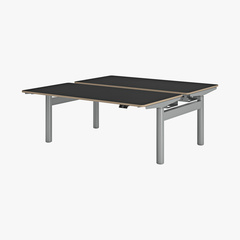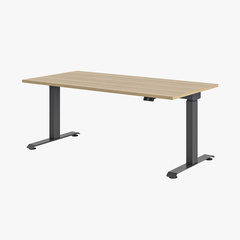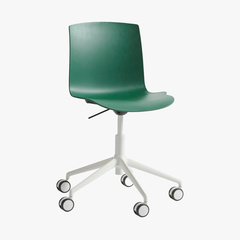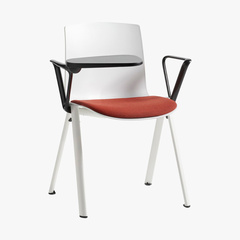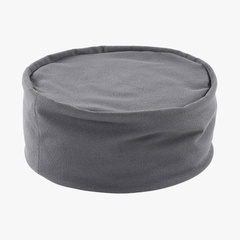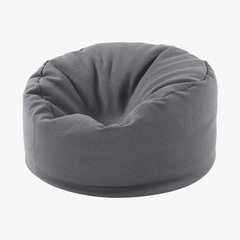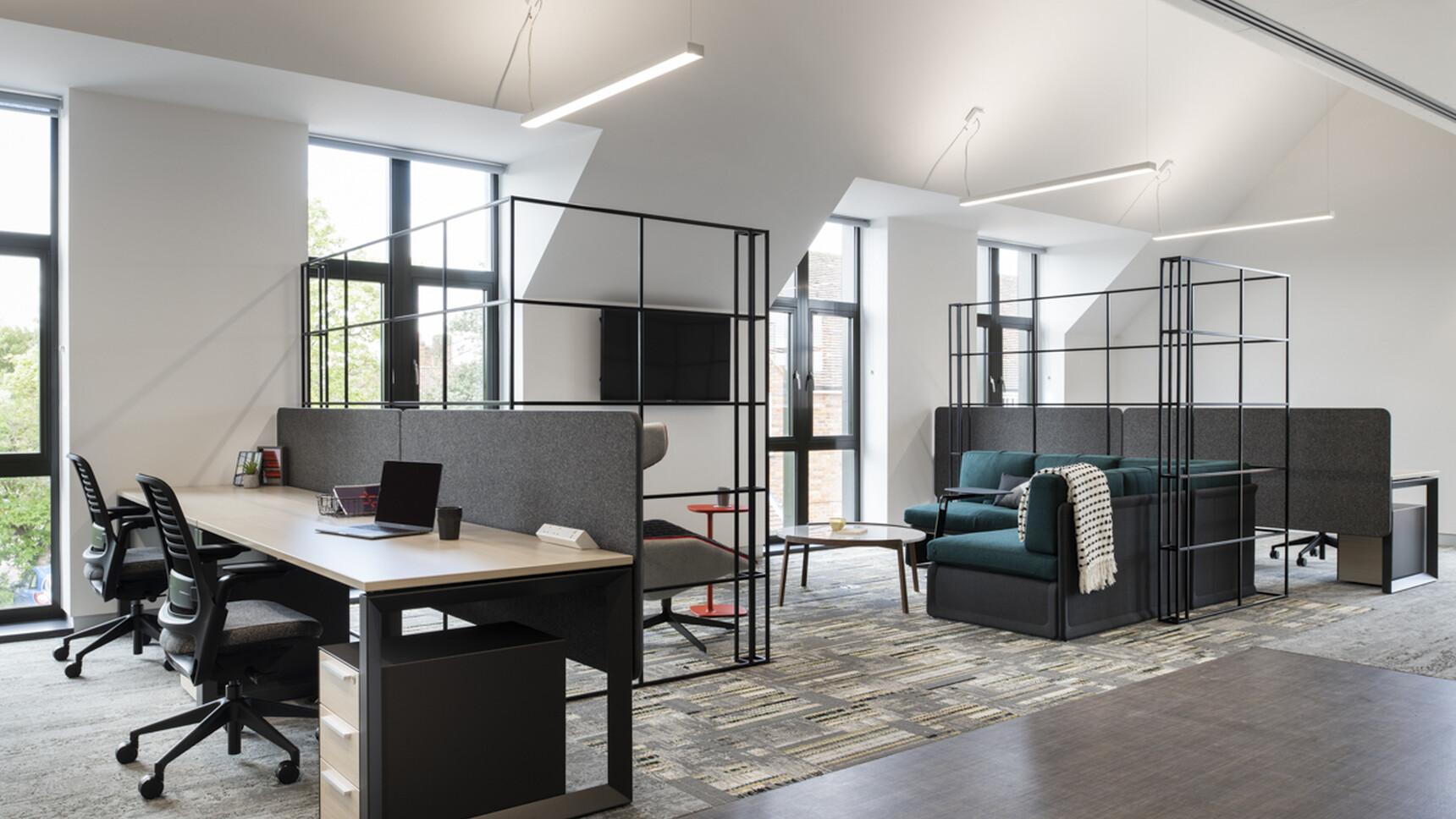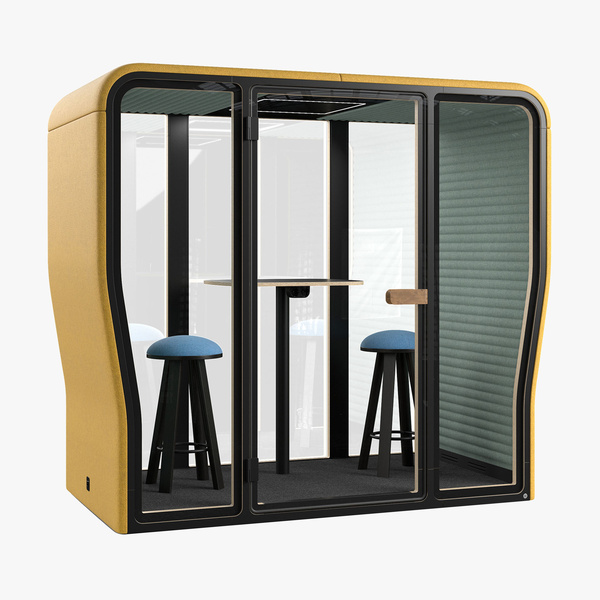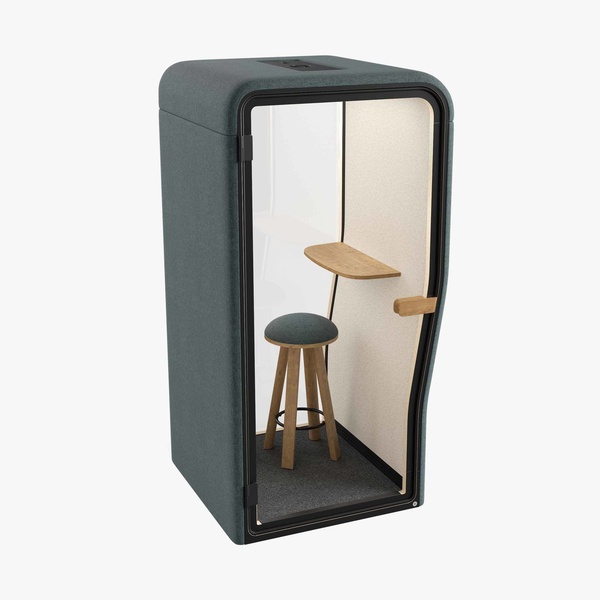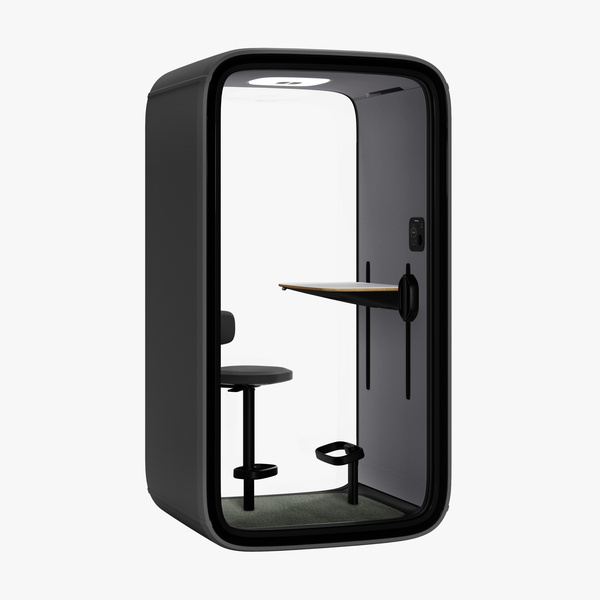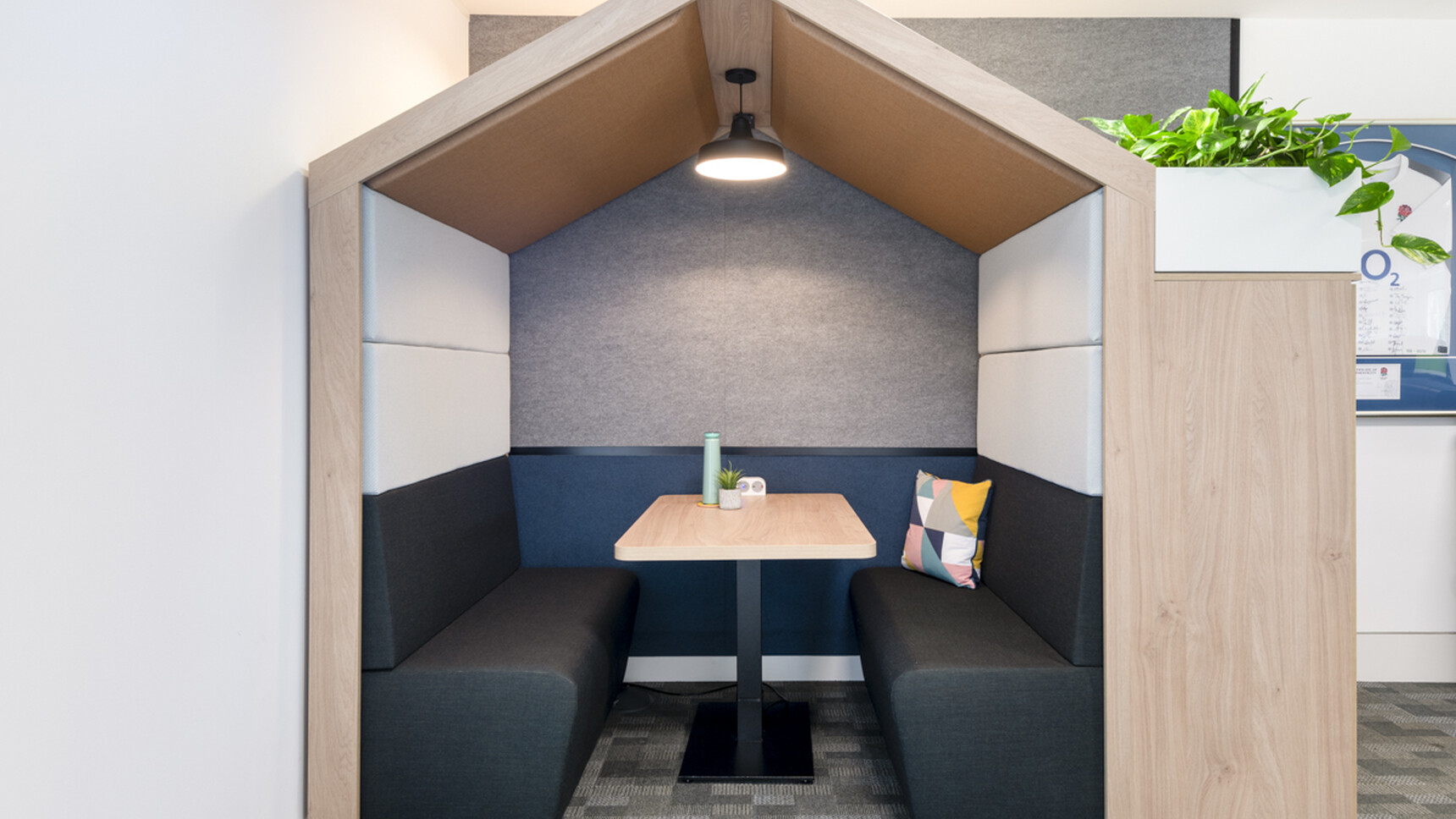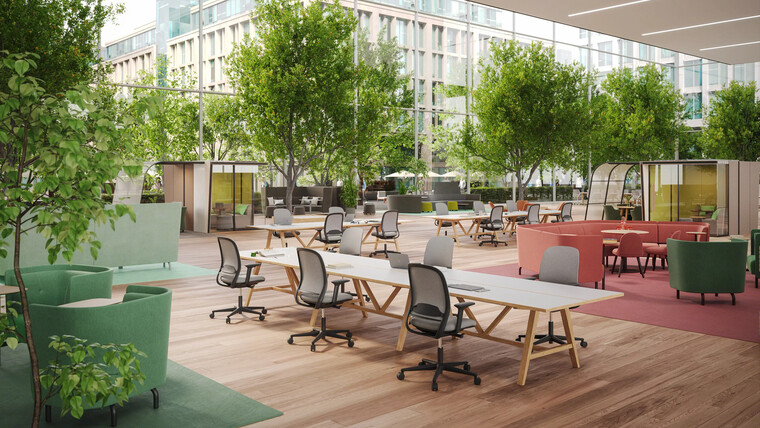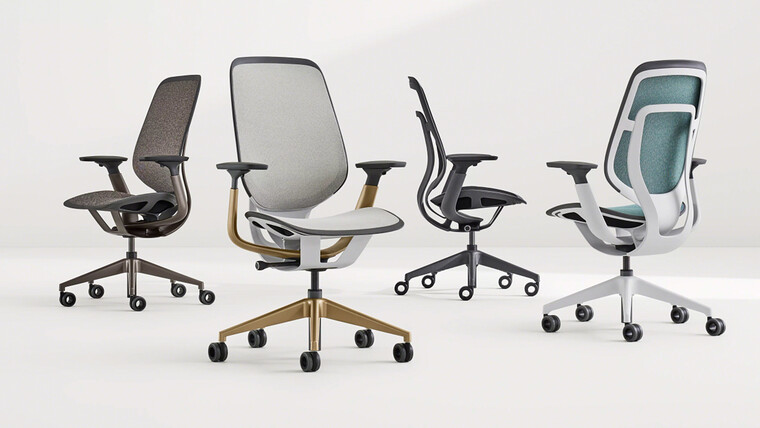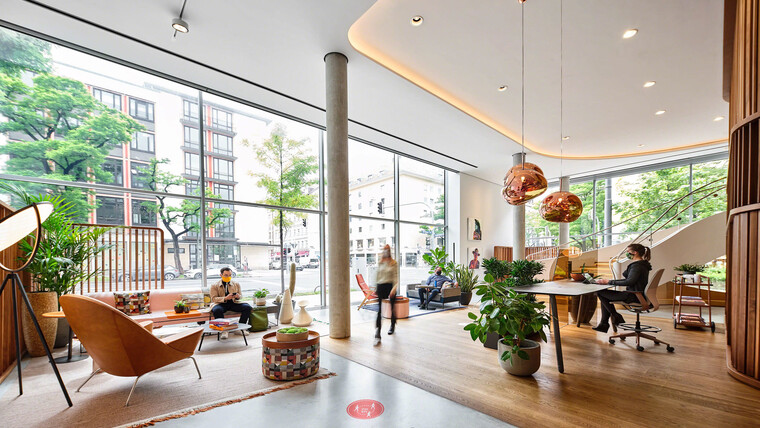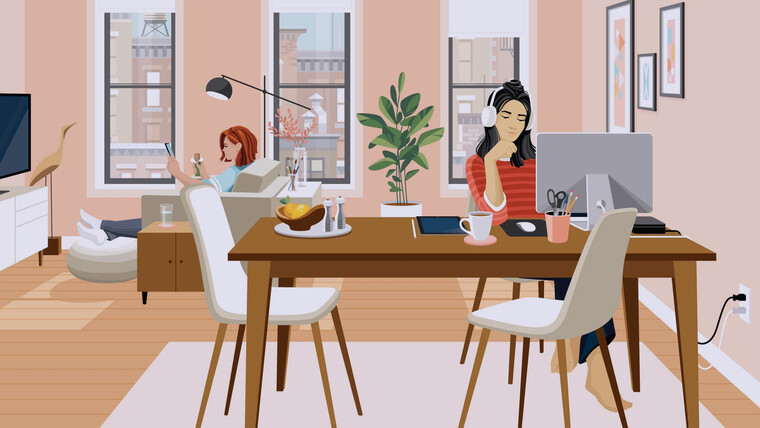How to Focus in an Open-Plan Office
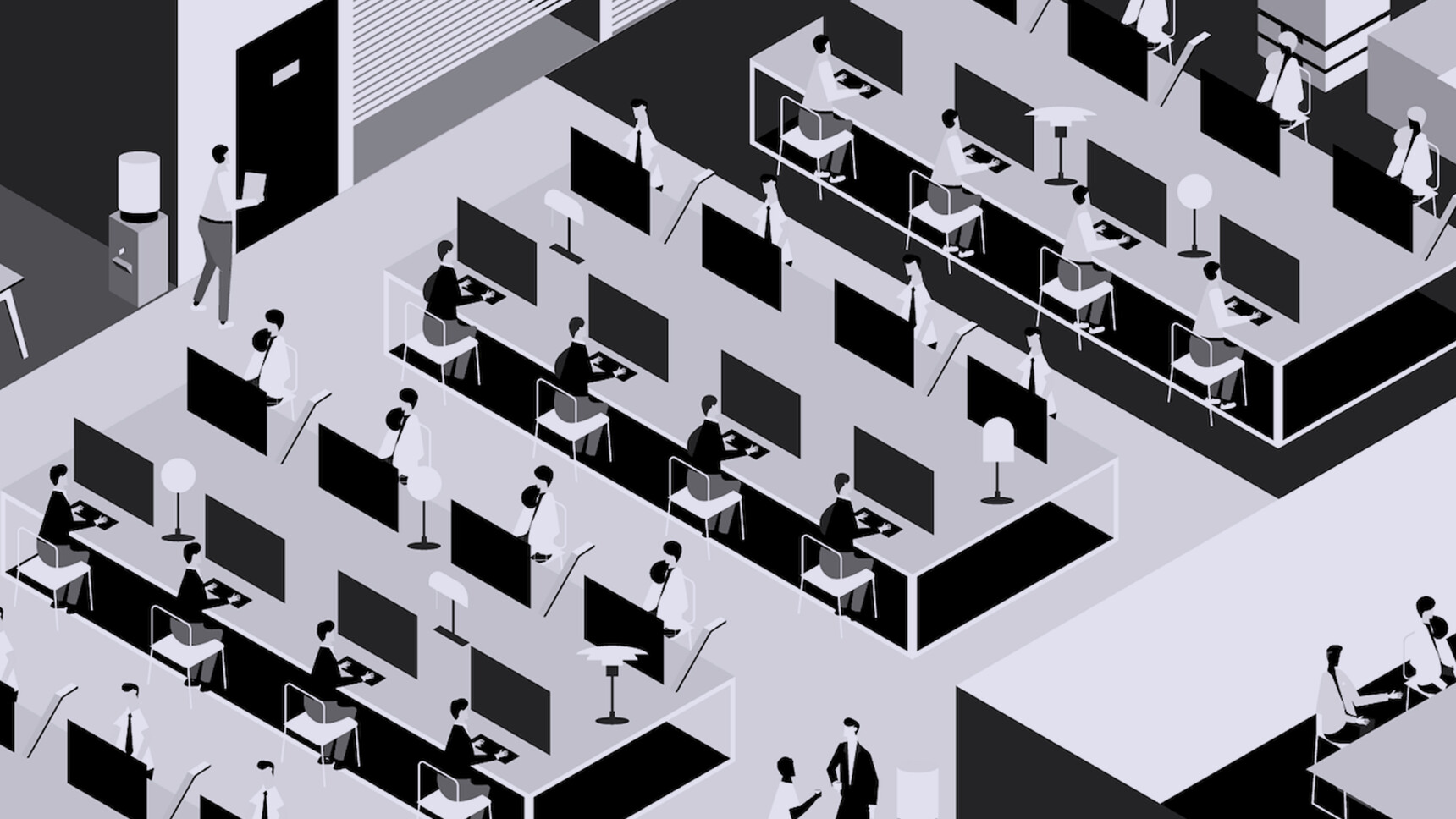
If you’ve got used to working at home in your own conditions, in complete silence, or listening to your favourite podcast, you may be worried about returning to the office and trying to focus with the chatter of your colleagues in the background.
This guide shows you why returning to an open-plan office is nothing to worry about.
With the government’s recent announcement suggesting we could go back to some form of normality on 21st June, returning to office life may not be all that far away.
While many of us have become accustomed to working from home over the last year, we may quickly have to get used to commuting, attending meetings in person and working in an office full of people instead of alone at home.
Some office workers may still feel a bit daunted at this prospect, but for others, returning to the office will be exciting and a chance to chat to work colleagues face-to-face for the first time in a long while.
What is an open-plan office layout?
Did you know that the way in which an office is laid out can affect your productivity and communication?
This is why it’s so important for a business to find a layout that works best for them. There’s the more modern ‘hotdesking’ method, individual cubicles within an open-plan office, private offices, or even coworking breakout spaces for those much-needed team discussions.
Nowadays, it’s rare that everyone will have a private office and the majority of UK businesses adopt the open-plan space.
An open-plan office is fairly self-explanatory. Office desks are generally pushed together with little to no boundaries that separate them. You will likely be able to see the work colleagues working next to or opposite you, as there are no screens or partitions to divide you. There might also be other open areas that encourage team working or casual meetings, and breakout spaces for lunchtime.
This kind of layout has been proven to make teams feel like they have a stronger bond and that they can communicate more easily. It’s thought that problems can be solved faster and more effectively, too. Even during the COVID-19 pandemic, this office layout is likely here to stay, though some changes may be made such as extra spacing between desks to allow for the two-metre social distancing rule. Partitions or other forms of screening, such as acrylic sheets, may also be added to ensure that germs cannot be passed around too easily.
Hunts X Inland Homes Open Place Office
How to work in an open-plan office?
Despite the obvious benefits of working in an open-plan space, the lack of privacy and noise can sometimes make it difficult to work. Everyone is different and while some people may find the background noise relaxing, others could struggle to concentrate. So how can you make this type of office layout work for you?
It may help to introduce a policy whereby your desk space is for working and private office spaces or breakout areas are for chatting. This way, your desk space is an area for you to get your head down and concentrate, separating other areas that may be better for meetings and discussions. Some workers even swear by creating a ‘do not disturb’ approach. During certain hours of the day, for example, you may wish to not be disturbed by other colleagues. You could find a way to display this to them, such as on a communal work calendar, like Google Calendar. This way, anyone in the company could see your calendar and avoid discussing matters with you while you’re working.
If you’re an employer, you may wish to set some ground rules yourself that all employees should agree upon and follow. This could be anything from keeping headphone music at a volume so that not everyone can hear it to eating lunch in a breakout space to prevent food smells from disturbing those who are still working. By setting these ground rules, some common office problems could be avoided.
How to deal with noise in an open-plan office
One of the issues that may be apparent in an open-plan office is noise. Whether the company has a small or large number of employees, it’s likely that noise levels could rise to a point where you struggle to concentrate.
The most obvious solution is headphones, but not everyone can concentrate when listening to music either. This is why it may be good to listen to something, but not necessarily music. Podcasts or an audiobook might be more up your street. Alternatively, for a really relaxing workspace, you could listen to natural noises, like rainfall or waves crashing on the beach.
If you don’t wish to listen to anything at all, noise-canceling headphones could be very beneficial in blocking out that unwanted background noise.
Alternatively, soundproofed office meeting pods could be installed to create a quiet, private zone for those that wish to work in silence. Just like a silent zone in a library, the pod could be a ‘no talking’ space that’s fitted with laptops. The pods can seat up to six people ( less when social distancing measures are in place), and can be used by those who want to flit between their desk and a quiet space.
How to create privacy in an open-plan office
One of the main issues with open-plan offices is the lack of privacy. But this doesn’t have to be an issue and there are some solutions to this problem that could put you at ease.
You could ask your employer to create a standardised phone zone, where employees can go to make phone calls, whether business or personal. This special space can be used for sensitive phone calls or even long phone calls where you feel like you might end up disturbing other people.
Alternatively, desk screens or partitions could be installed to help privatise a desk space. These still give the impression of working in an open-place office, but could help to make you feel a little more enclosed.
Hunts Office X Wireless Logic focus booth
Related content
